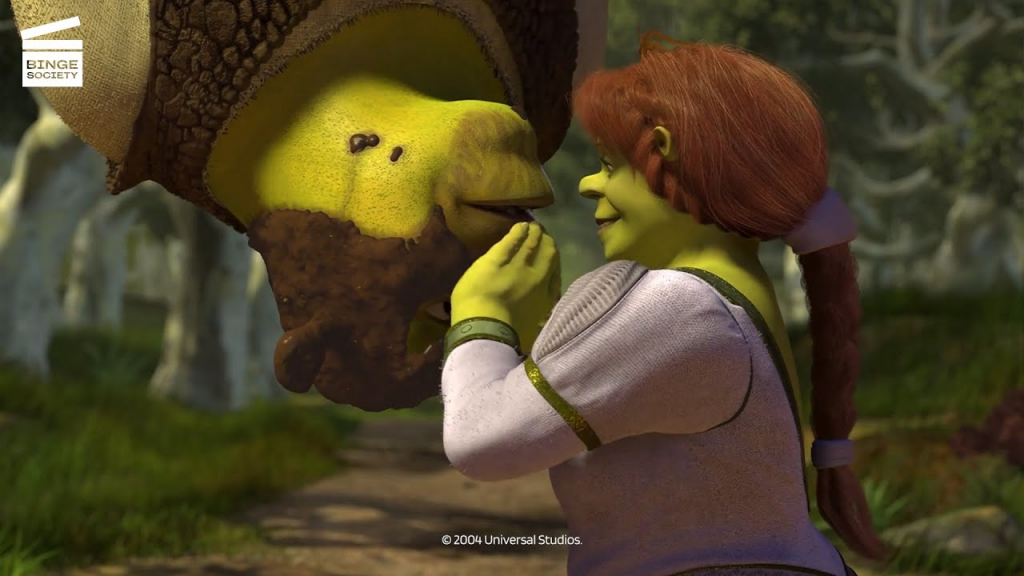Hands down, so far, my favorite of the readings we have done in class so far was not exactly a reading but more of a skeleton of an idea—the idea of transitioning. The many stories mentioned in the appendix of Transgressive Tales are its bones. They build on this idea of changing one’s form—whether it be from a human into an animal or an animal into a human.

Although these stories were written before being transgender was openly discussed, in a time when people were buried under the heavy earth of rigid gender identities, the idea of transition is still common. Could these examples of transformations between species be allegorical? These days, it is definitely easy to look at these tales through the lens of Queer Theory and say yes to that. Yet, there are even more literal examples of transness following the animal tales.
There is a whole section titled “Gender Drag,” which does in fact focus on tales that involve transformations in gender. Tales with titles such as “A Young Woman Disguised as a Man is Wooed by the Queen” and “Robber Disguised as a Woman.” These titles, in their blunt and literal nature, almost seemed like they were designed to shock readers. They remind me of sordid tabloid headlines in their form. This just goes to show the negative way in which gender non-conformity was treated at the time these were written.
Some other titles that stood out to me in this reading:
- The Two Girls, The Bear, and The Dwarf
- The Man as Heater of Hell’s Kettle
- The Lost Genitalia
- The Farmwife is Changed into a Woodpecker
- Test of Sex: Catching an Apple
- The King Transfers His Soul to a Parrot

